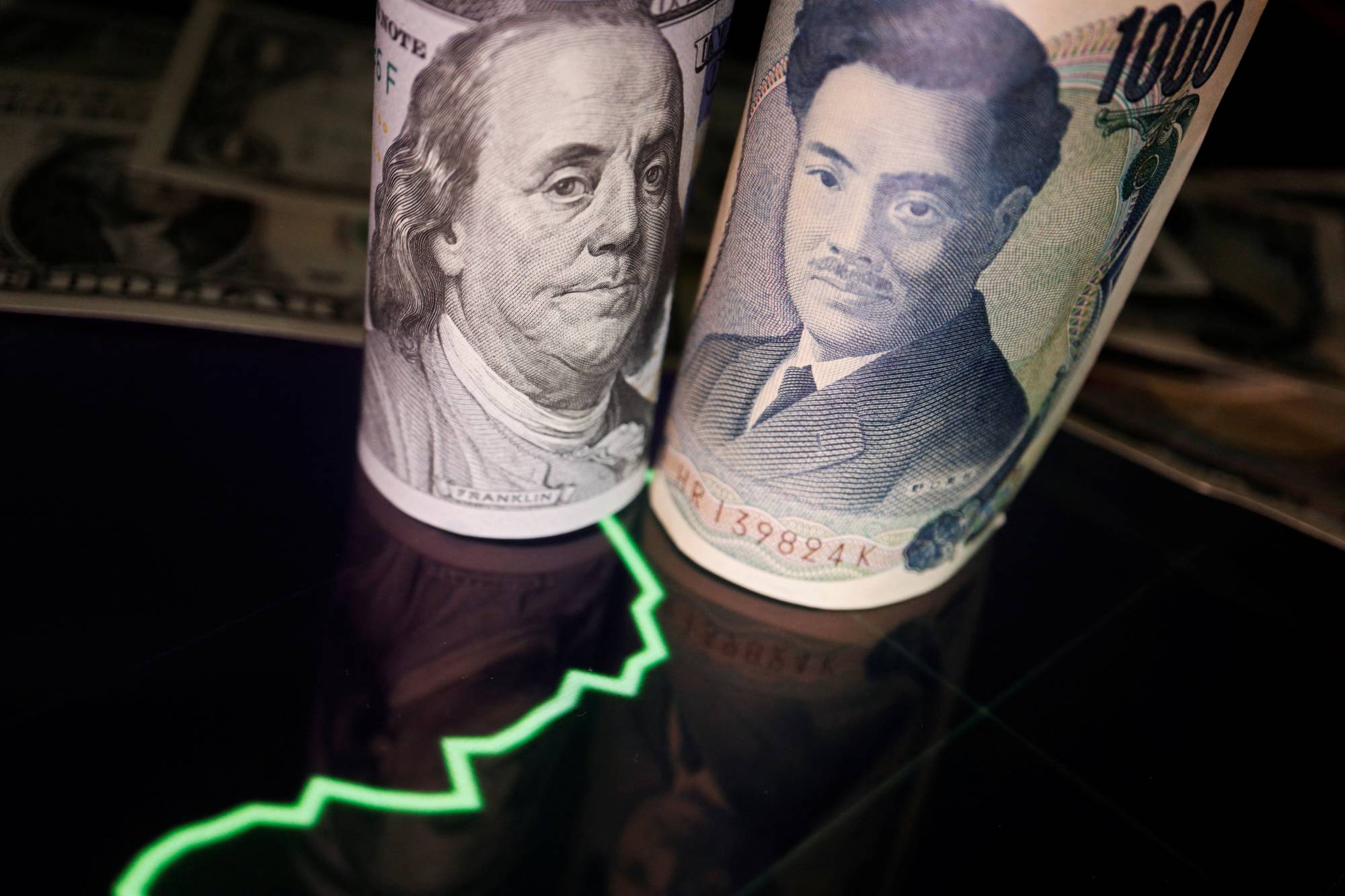The practice of kakeibo came into vogue a few years back. Typically translated as “household financial ledger” and often intellectualized as an “art,” kakeibo is a lifestyle adjustment plan, whereby consumers get thrifty and consider more mindful spending habits to save a few extra yen during times of inflation, tax hikes, recessions and other economic downturns. Though kakeibo is essentially just cutting back on unnecessary costs, it and other money-saving techniques are finding purchase in the current economic climate.
Recently plunging to a 24-year-low against the dollar (with similar dips against the pound and the euro), the yen has lost 18% of its value against the world’s most traded currency this year. This coincided with rising inflation at home — consumer prices rose over 2.5% year-on-year in May — sparked by a variety of factors, including post-pandemic recovery, global supply chain shortages and Russia’s invasion of Ukraine.
The inflationary figure finally surpassed the Bank of Japan’s (BOJ) long-sought 2% target, with hopes that it would create a virtuous cycle where rising prices don’t reduce consumption.



















With your current subscription plan you can comment on stories. However, before writing your first comment, please create a display name in the Profile section of your subscriber account page.